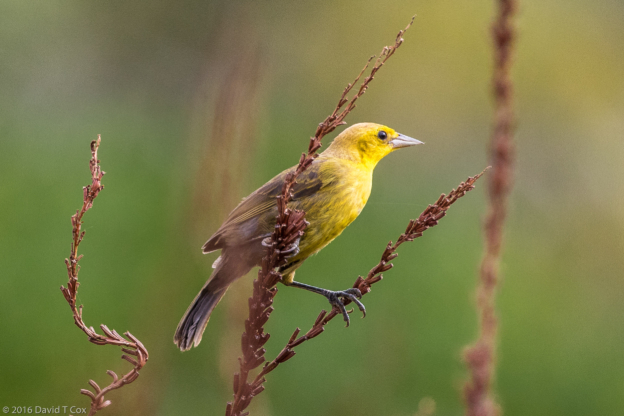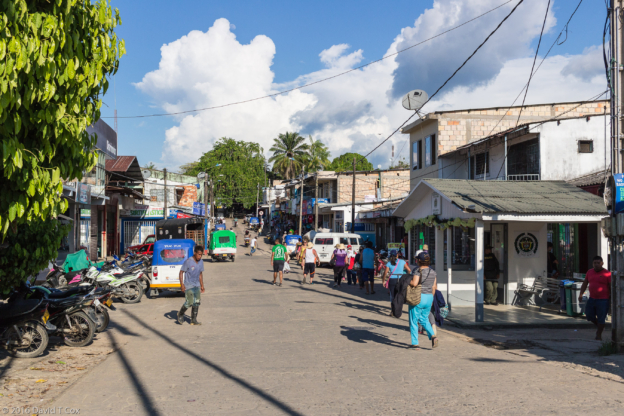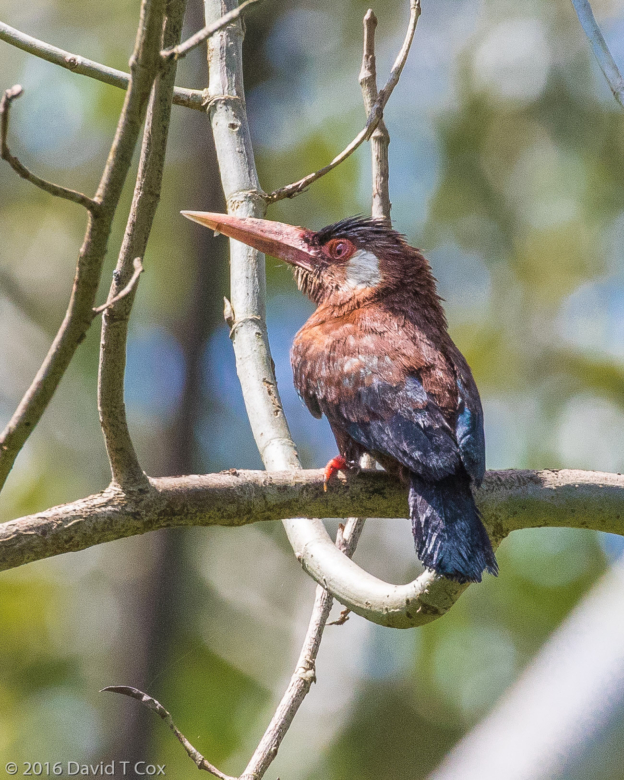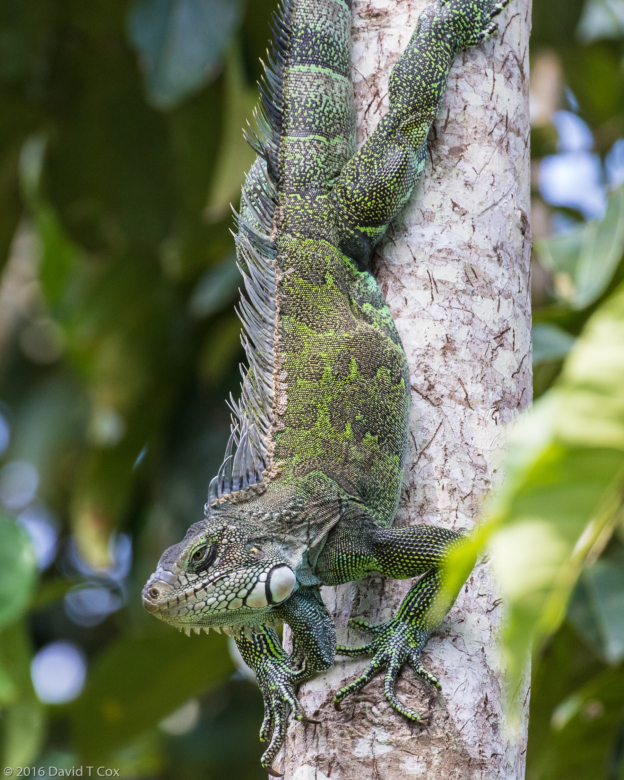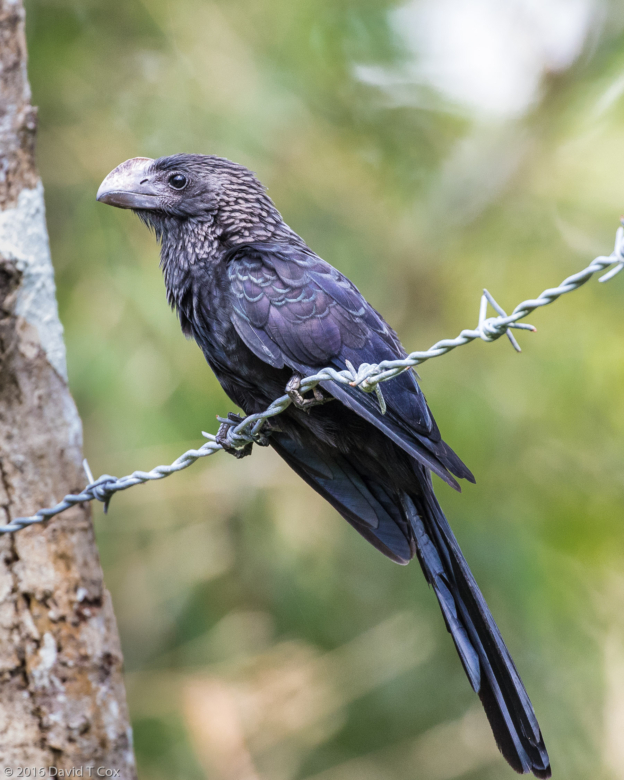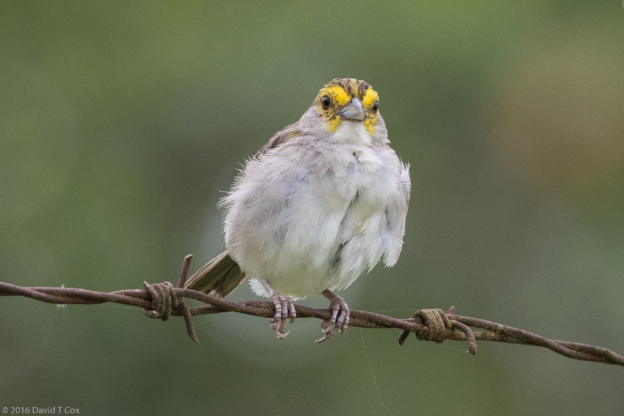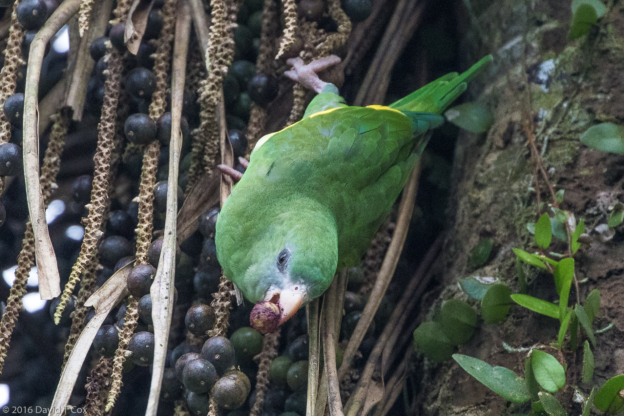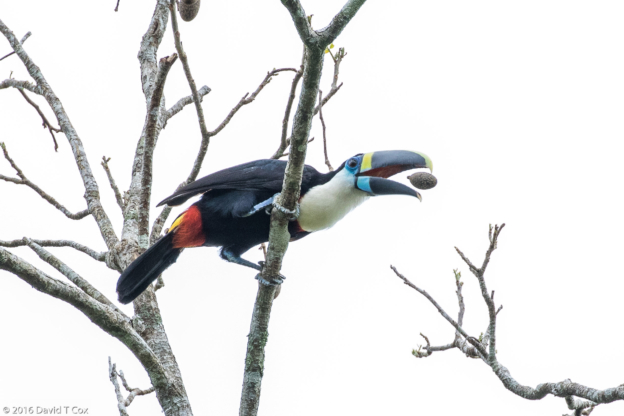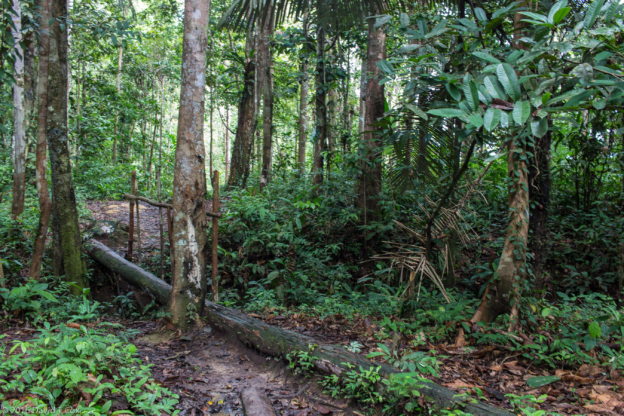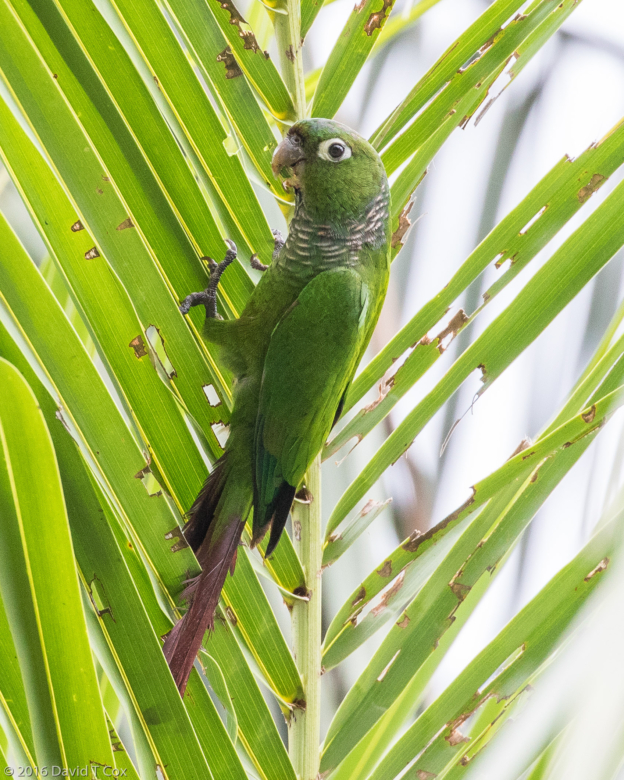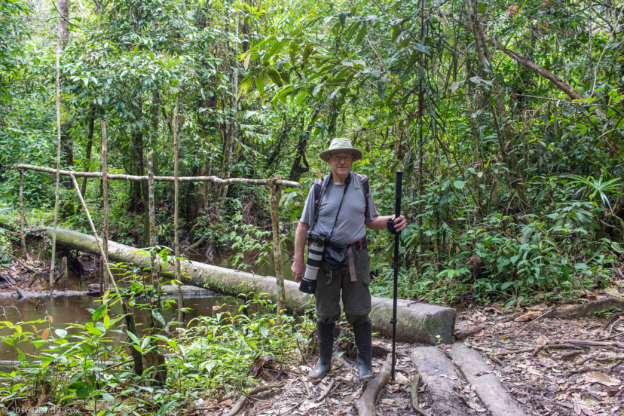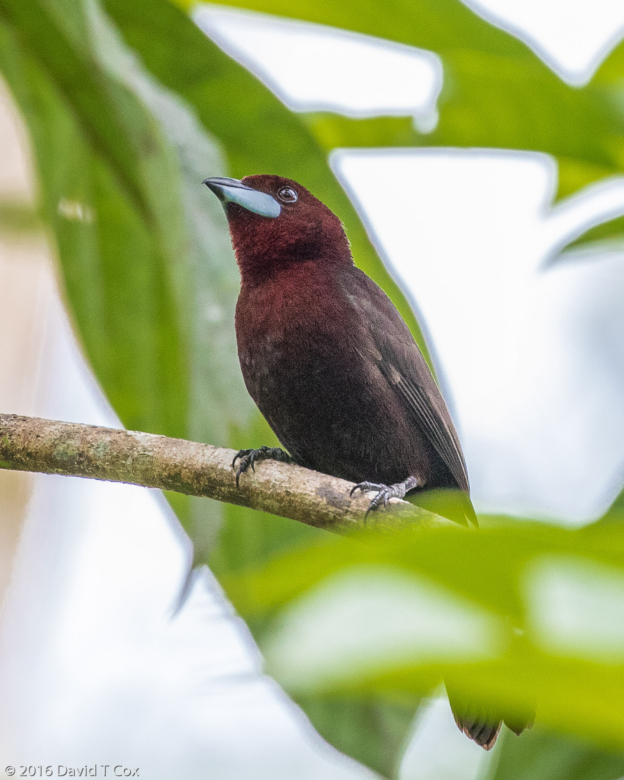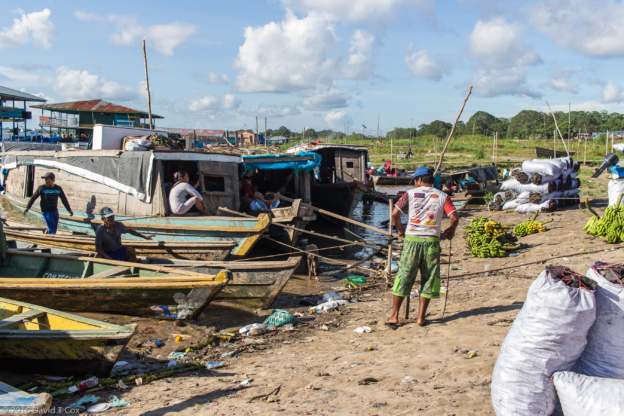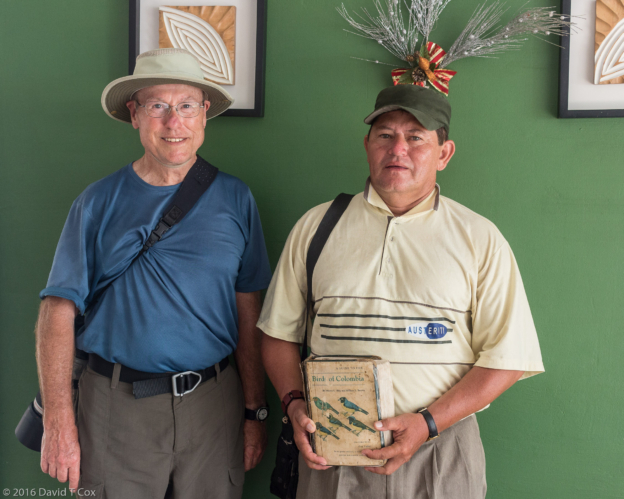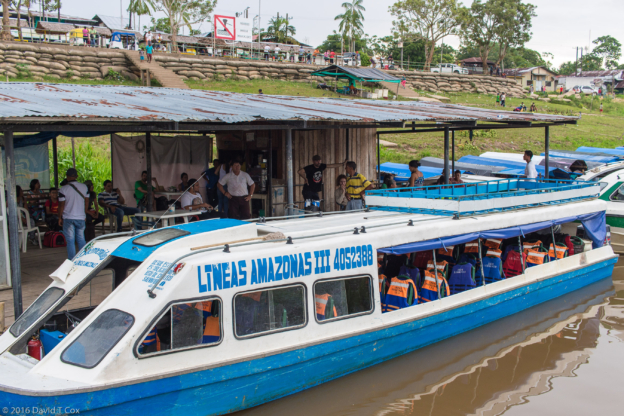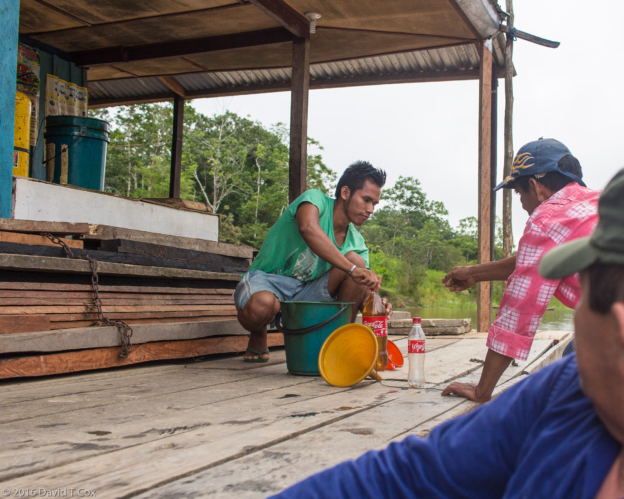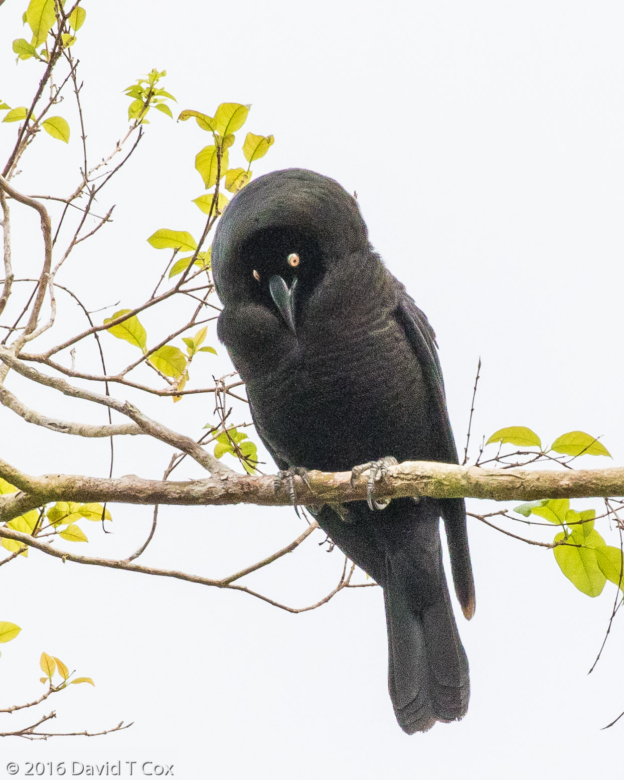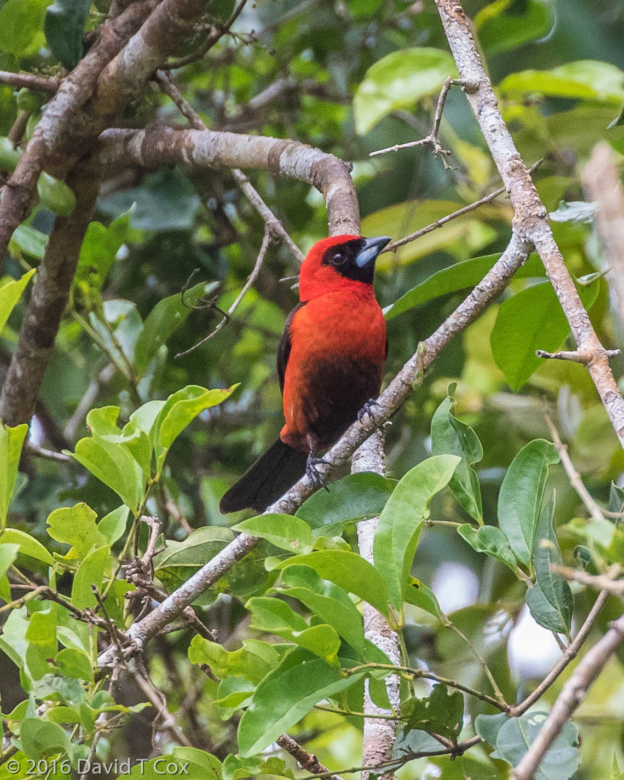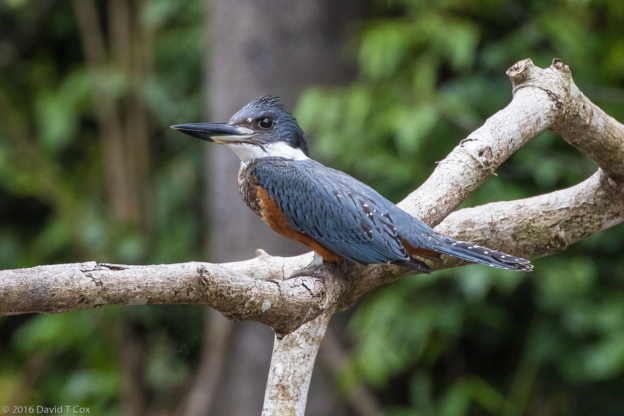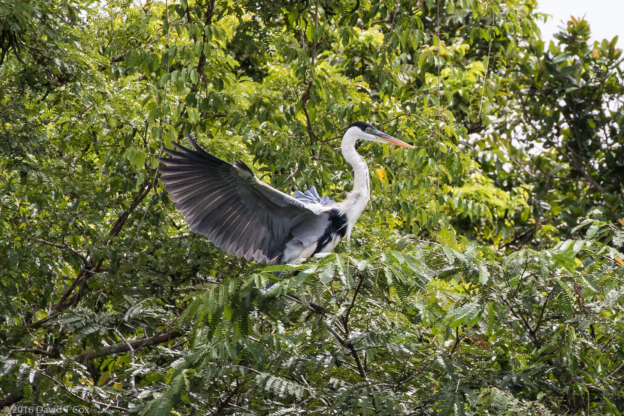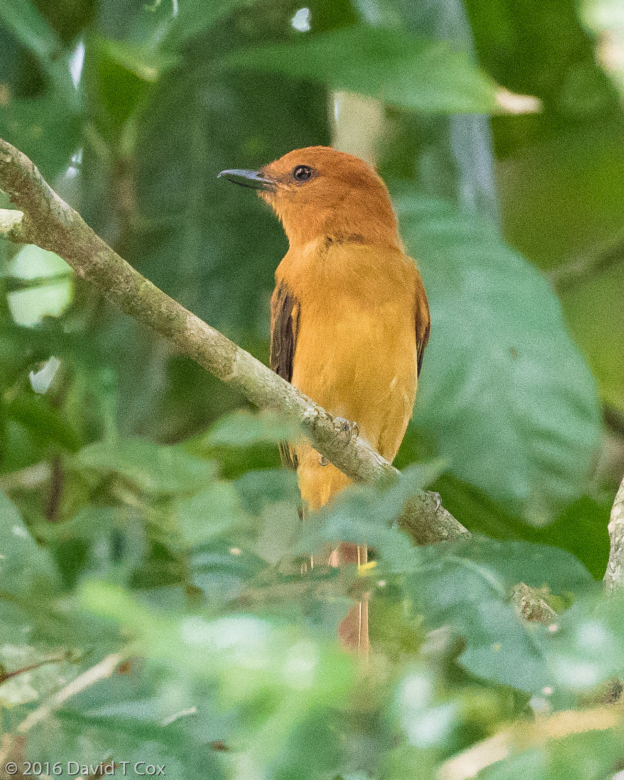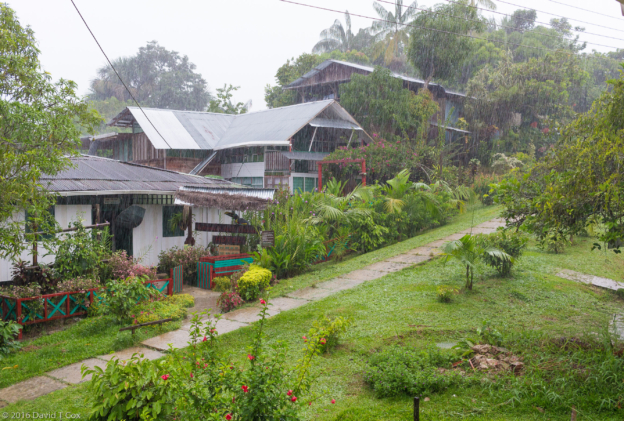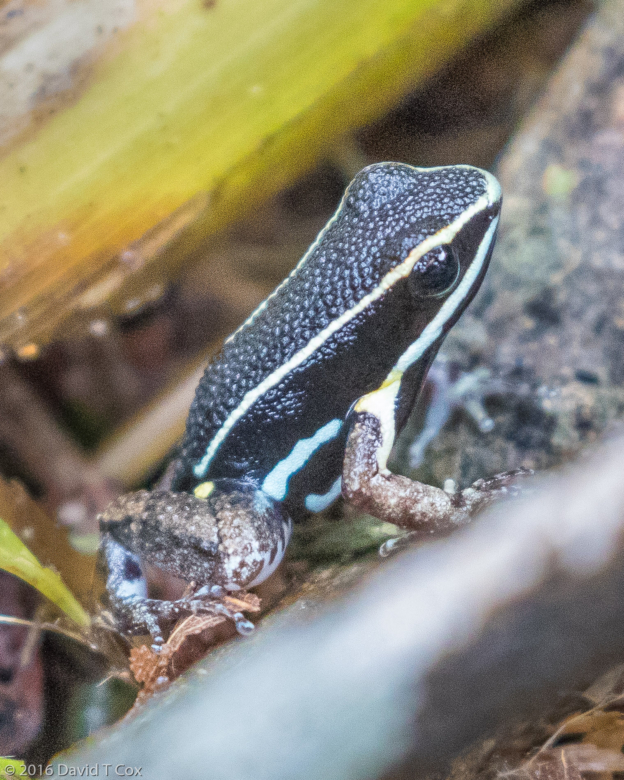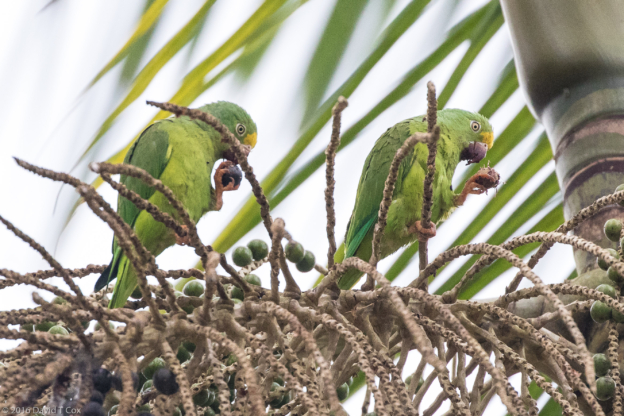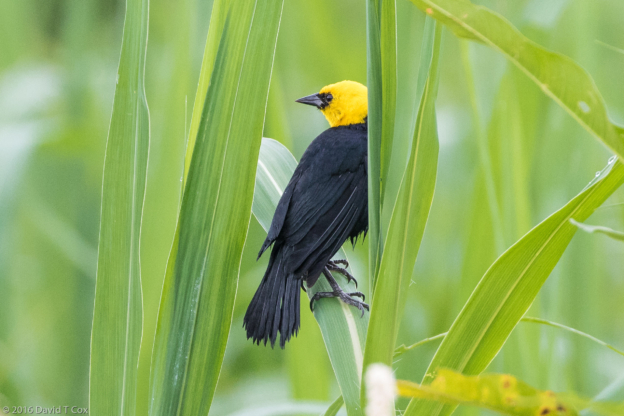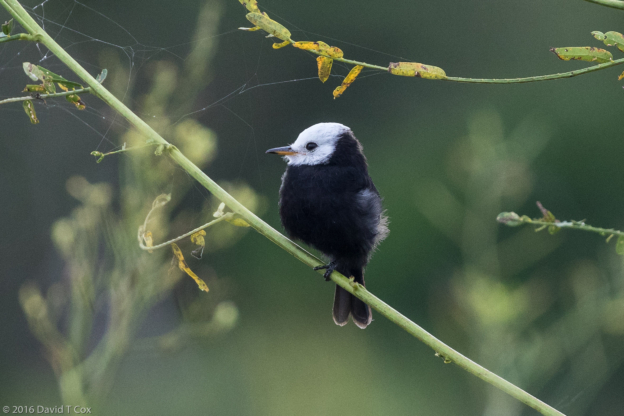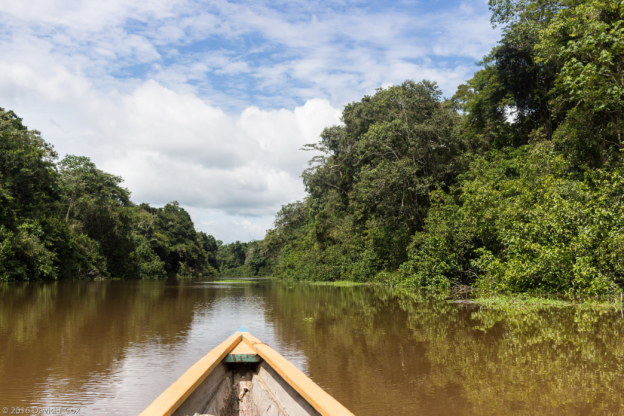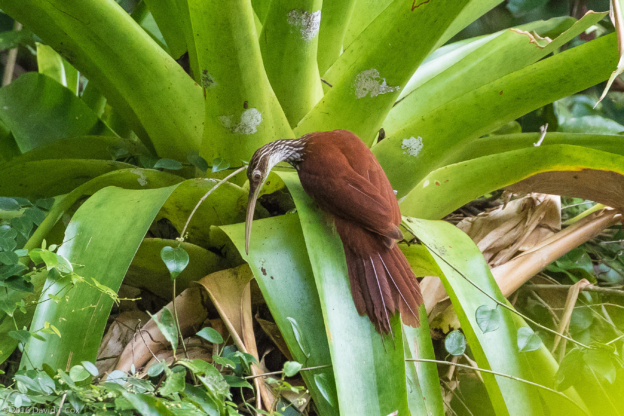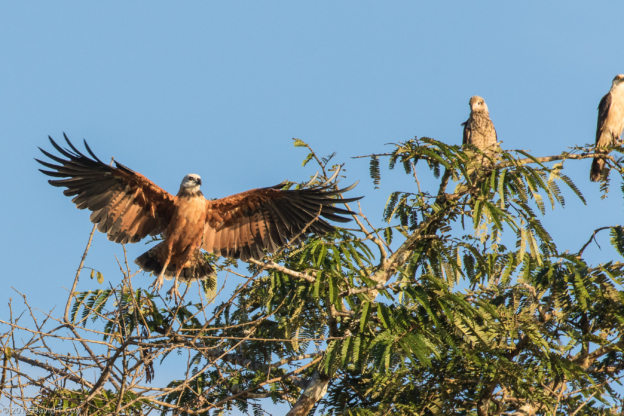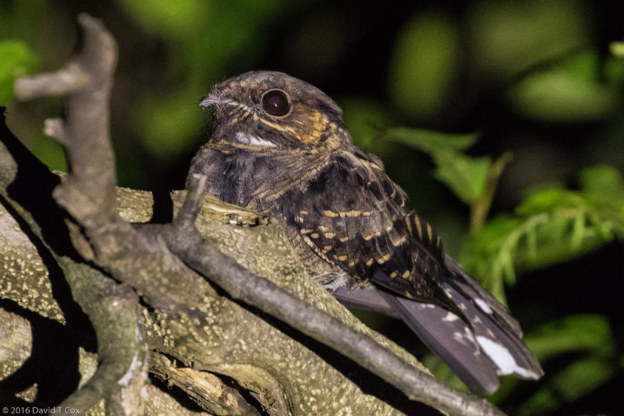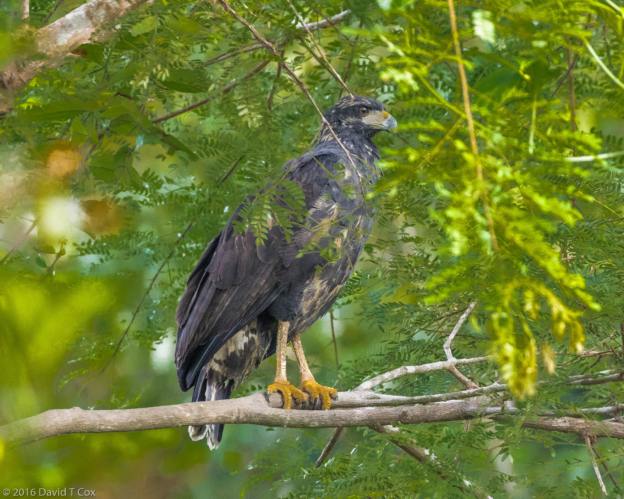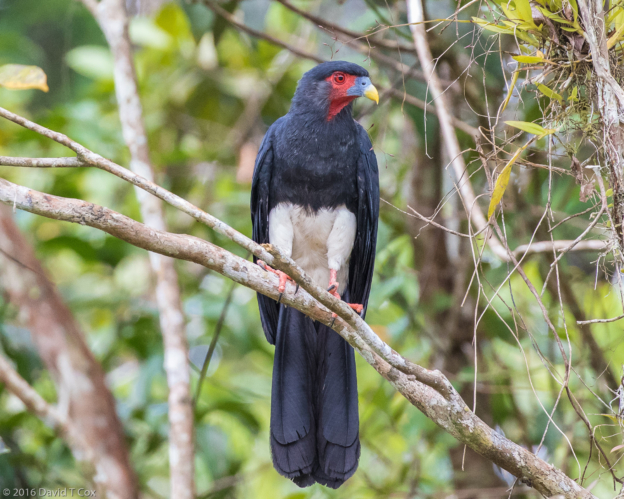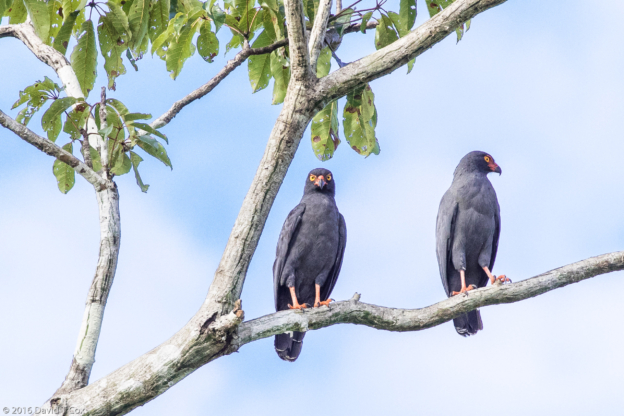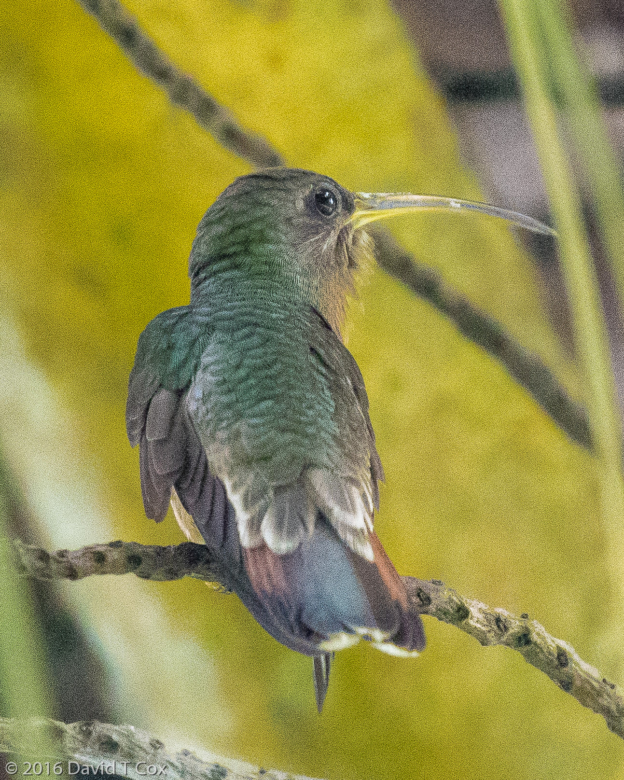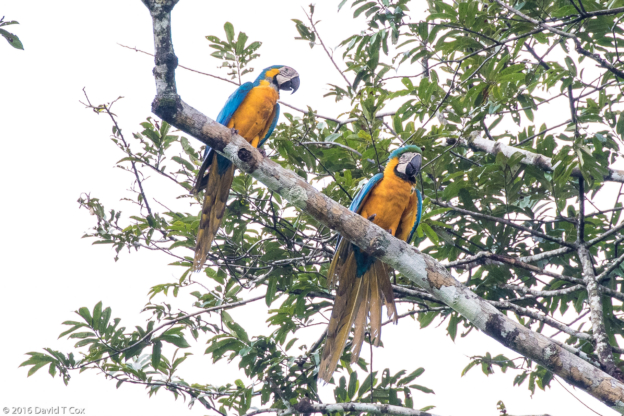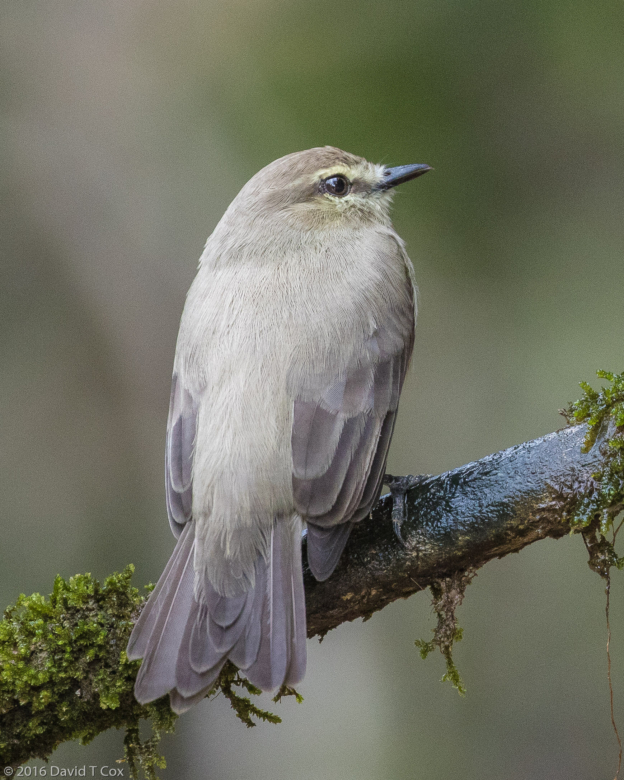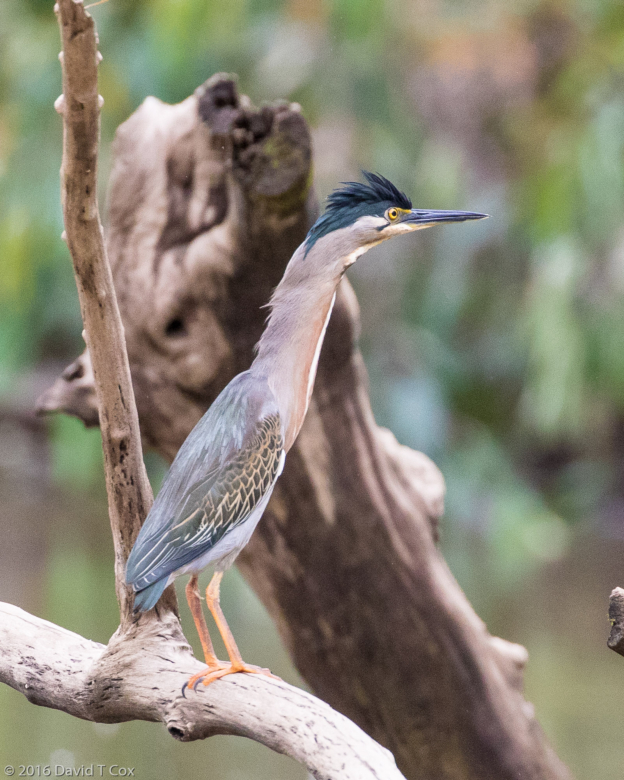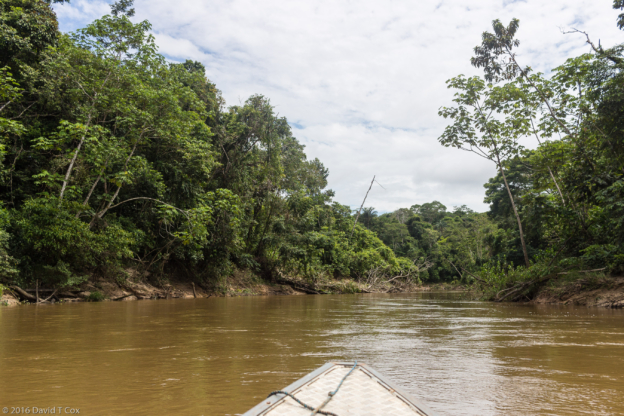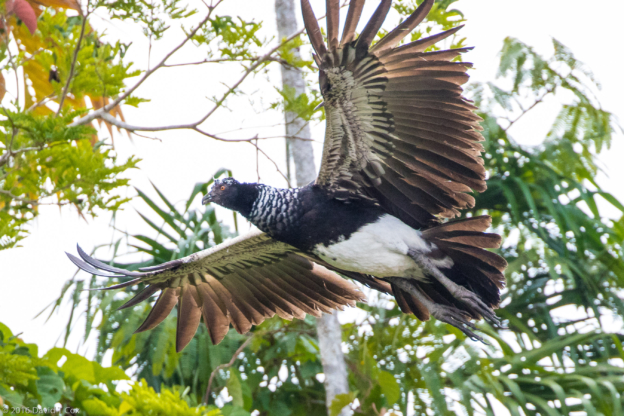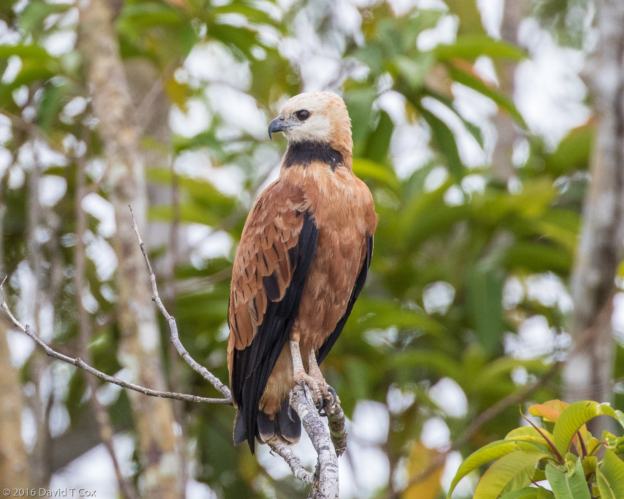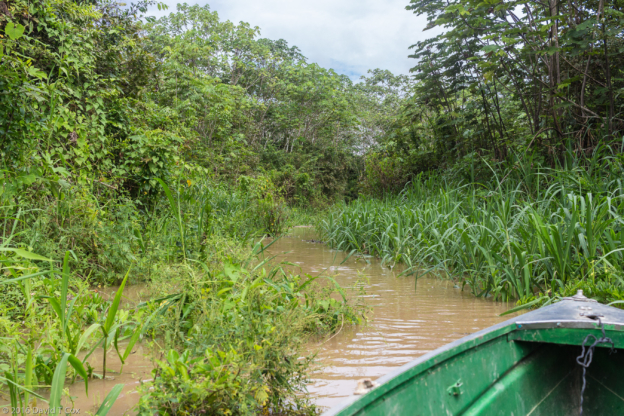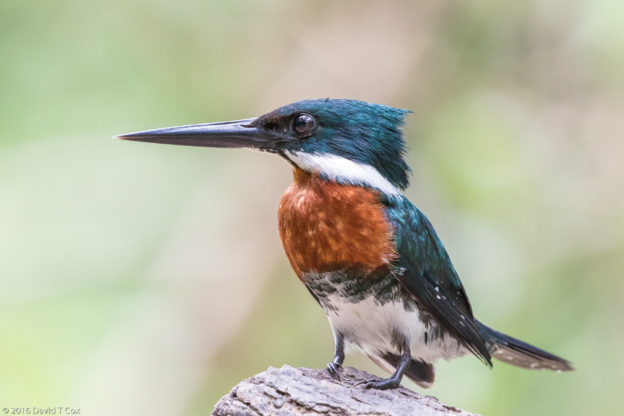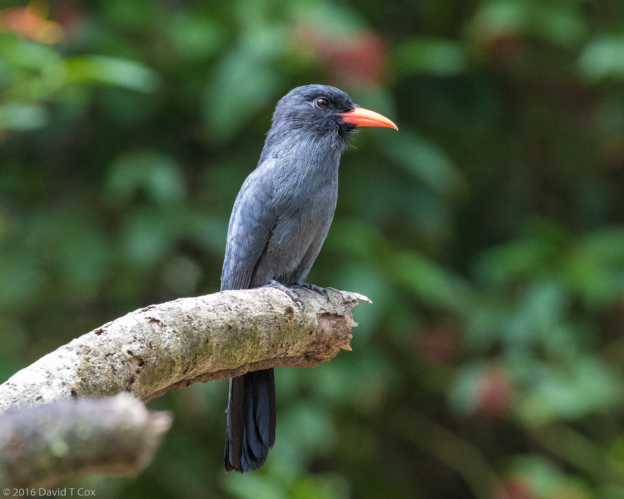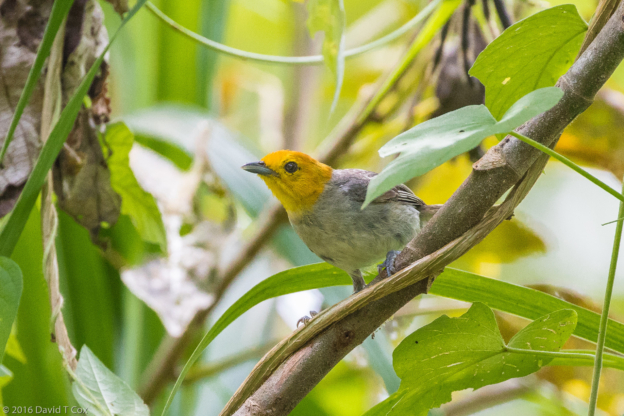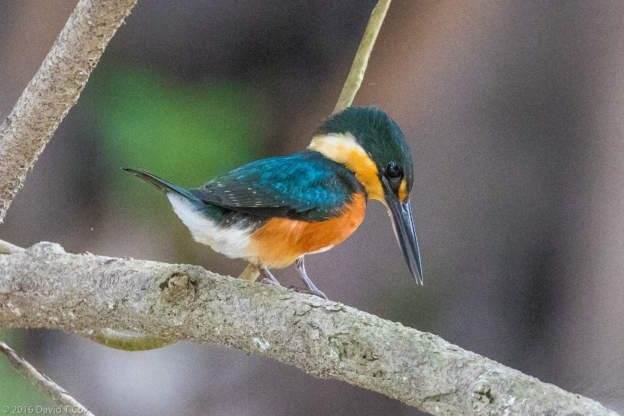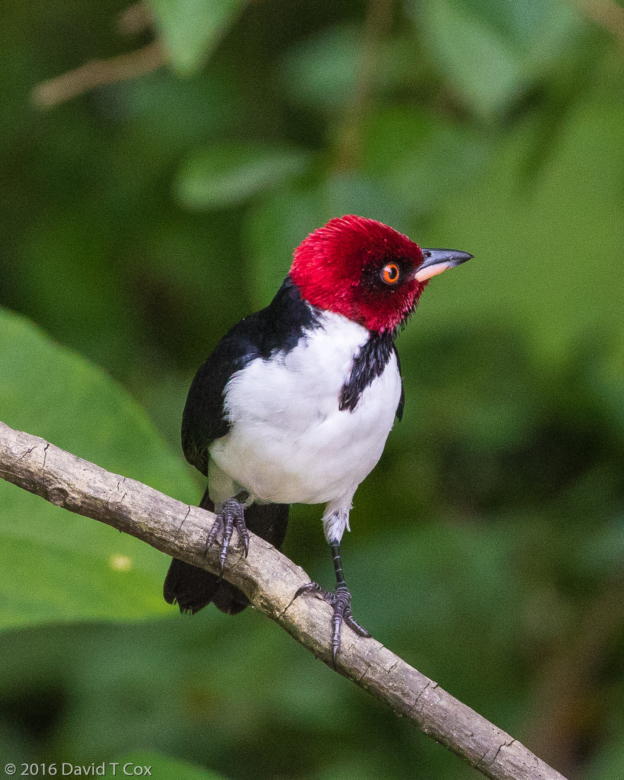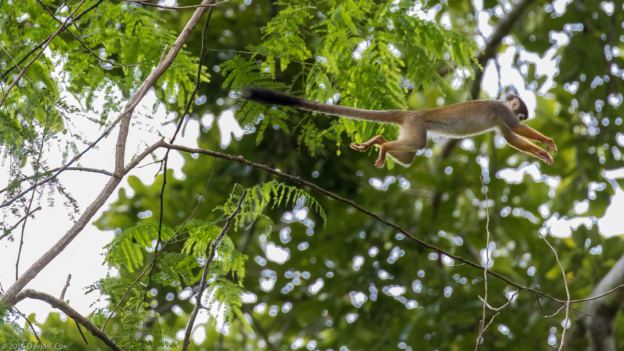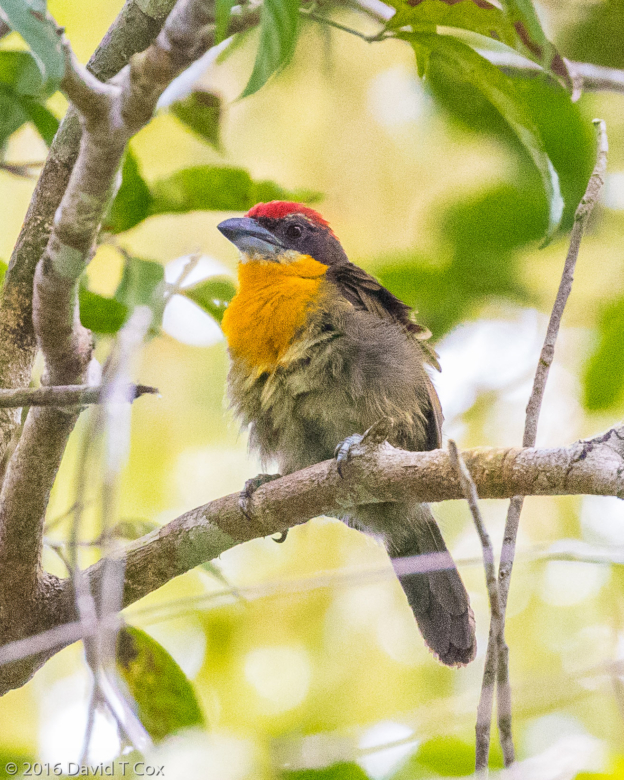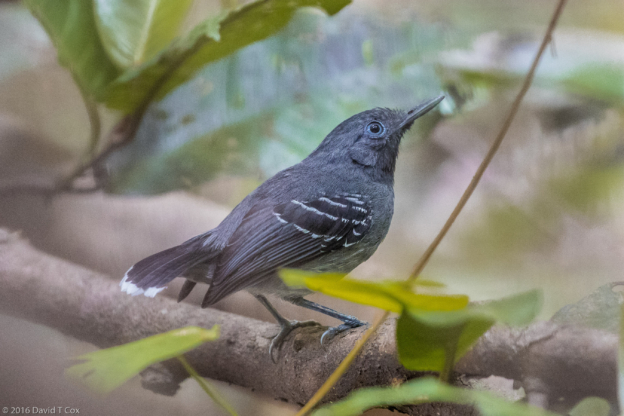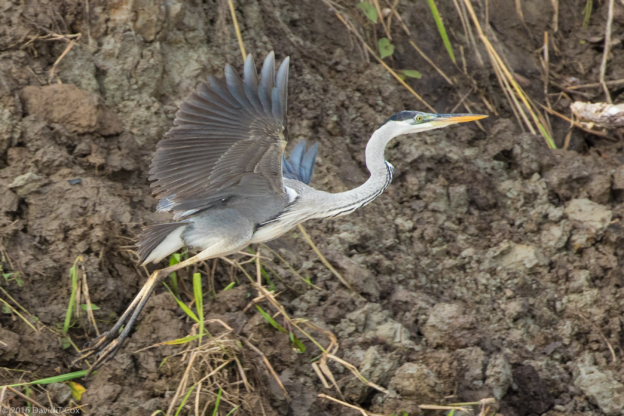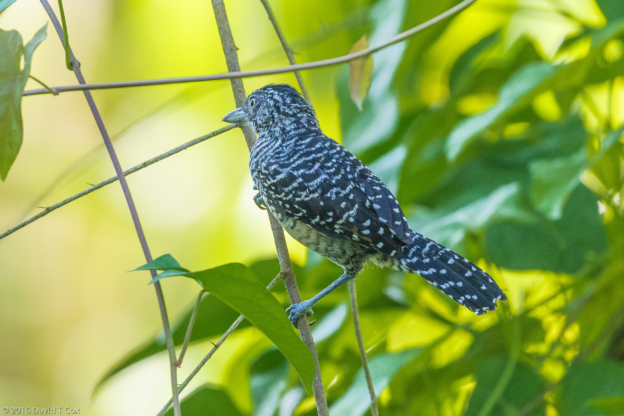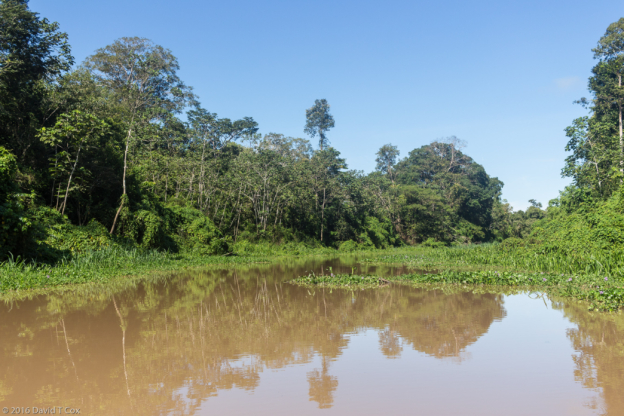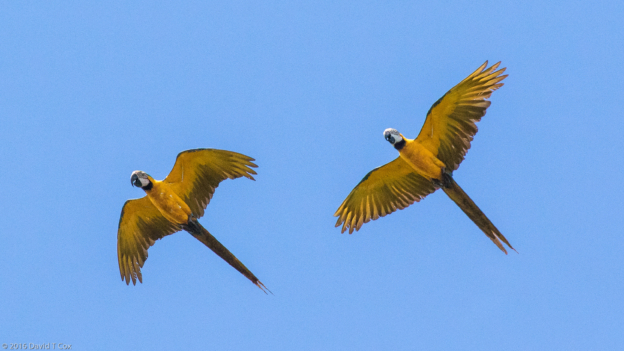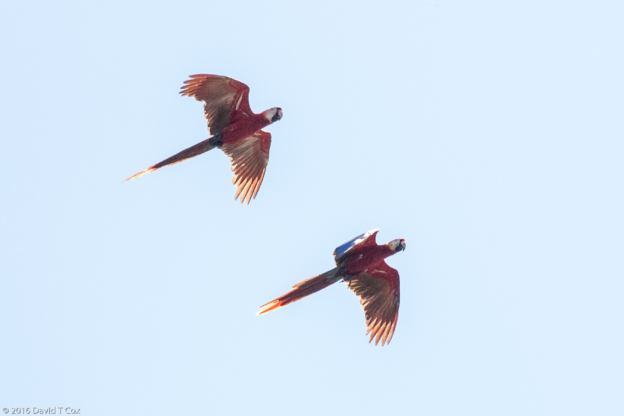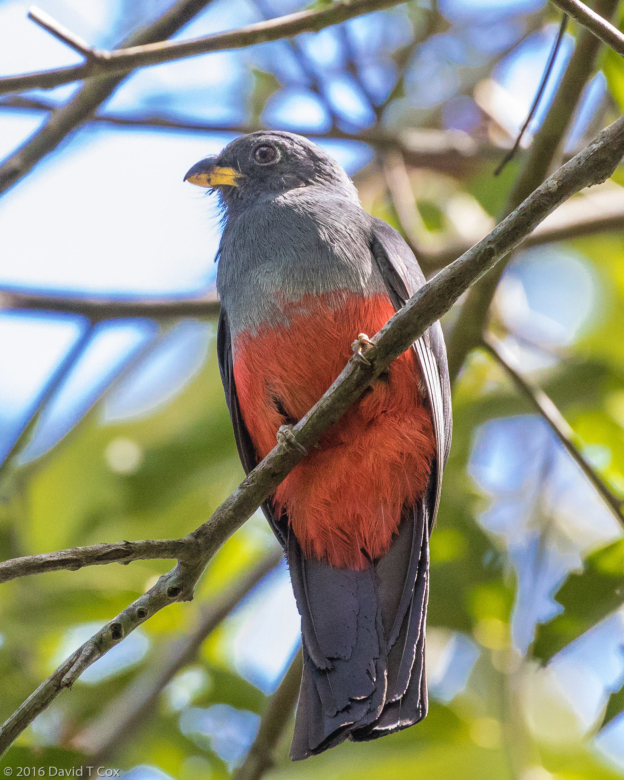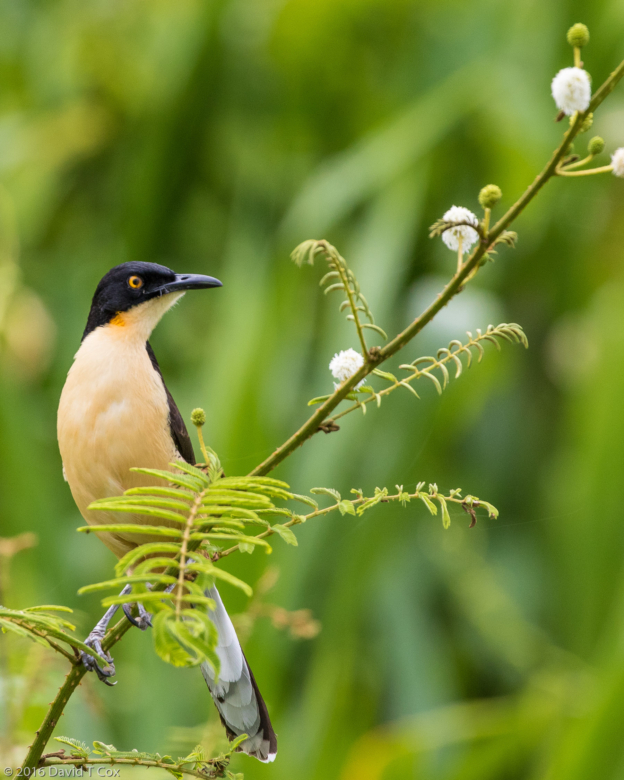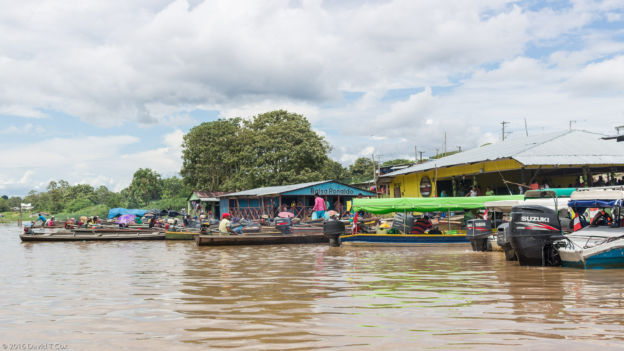All Photos Are Below the Travelogue Text
Click on Any Photo To Open Slide Show
To print the travelogue, right click anywhere on the page. Choose "Print" from your browser dialog box. You can choose Save to PDF in the browser print window.
Share your thoughts.
Email Dave - coxdavid55@hotmail.com
December 10 I flew from Bogota to Leticia, the capital of the Amazona Department. Leticia is situated on the northeast bank of the Amazon River at the point where 3 countries meet, Colombia, Brazil and Peru. From my hotel I simply can walk a few blocks southeast and pass into Tabatinga, Brazil – no immigration or checkpoints – although if one is traveling farther into Brazil where documentation is needed, one must get a visa at the proper offices. Together, Leticia and Tabatinga have a population of around 100,000. This is the largest town between Iquitos, Peru, which lies a few hundred miles upriver where the Amazon first takes its name, and Manaus, Brazil which is over a thousand miles downriver. Just west of Leticia lies a large river island and town which is Peruvian and the northwestern side of the Amazon all is Peru. I am told that most people here speak both Spanish and Portuguese and the currency of all three countries is used freely in the three towns.
I stayed in one of the better hotels, the Waira Suites, where I was upgraded to a double roomed suite with two flat screen TVs, which I did not use, and two air-conditioners, which I did use. The first 3 days we received one huge downpour each afternoon-evening. The days were mostly oppressively hot and humid, particularly when the sun came out, which was often. City traffic is heavy, and consists over 90% of motorbikes, scooters and motor trikes (“tuk tuks”) with covers, used as taxis. This is similar to traffic in Iquitos, Peru, and makes sense when one realizes there are no roads connecting the Amazon towns to the outside world. All commerce must either arrive by boat on the very long route up the Amazon from the Atlantic, or by air. Surprising to me was that close to half the bike and scooter drivers are female.
The manager of my hotel put me in touch with a biology professor, Elais Cuao, who is an expert on the birds here in Amazonia. Although somewhat pricey, I decided to utilize his expertise throughout my stay in the Amazon. Each of my three full days in Leticia were spent in patches of forest and existence agricultural cultivation north of Leticia, with one day further north in more primary forest. The trails on the forest floor often run through long sections of boggy ground, interspersed every 100ms or so by small deep ravines with creeks. Wearing the 15 inch high rubber boots (which I purchased upon arrival) is pretty much mandatory, as much of the ground is two to six inches of mud. Most of the deep creeks are crossed by single plank bridges built by the indigenous, usually with single pole handholds tied down with strips of bark to poles grounded in the creek below. The senderos (forest trails) lead to areas where the indigenous have built their communal homes. The heat really is oppressive, less for the temperature, which I doubt reaches much past the mid to high 80s F, but mostly for the continuous near 100% humidity. One remains pretty much permanently soaked with sweat while working the trails with the weight of the backpack, two camera systems and a heavy-duty monopod. My cheaper camera I keep covered to avoid killing it with sweat, as I did with a new camera in Costa Rica a few years ago. The professional equipment is supposed to be fairly water resistant and I have not had problems with it.
Age has brought a new set of problems for my rain forest walks. Starting a couple of years ago, one of my toes started pulling to the right and now tries to climb over the big toe. Doctors don’t recommend surgery. I have bought good hiking boots with ample vertical room in the toe box to mitigate the problem. However, here in the rain forest, one must purchase the cheap and available high black rubber boots. They are relatively narrow and have no vertical room in the toe box – my first day out I almost wore the top off the lifted toe. Ow! Ow! I ordered some medical “paper” tape to tie the toe down. Turns out they sold me the very sticky surgical tape, and it almost ripped my skin off my toe and foot. I exchanged it for paper tape for the skin, which worked the third day for about 2 hours, then came apart. I have since arranged mostly for birding by private boat down the small rivers, and only go to terra firma where mixed flocks of birds are passing through. Thus I can wear more often my own boots. However, that has led to multiple chigger bites, to which I am quite allergic (the chiggers, known here as “aradores,” inhabit the high grasses along the edge of waterways, and climb up inside one’s pant legs unless tucked into the high rubber boots). Never easy birding in the rain forests.
I was fortunate in three days of Leticia birding to photograph a number of new species, including the Solitary Cacique, Short-tailed Parrot, White-throated Toucan, Chestnut-sided Aracari, Paradise Tanager and Red-throated Caracara.
I did spend a couple of hours one afternoon “visiting” the muelle (dock or port) in Brazil – this involved simply taking a tuk tuk from Leticia, crossing the border which runs down the middle of a street, and continuing south to the larger port of Tabatinga. There one finds docked the larger 4 story boats which ply the 3-day route from Manaus to Tabatinga. If a person wishes to continue up-river into Peru, she must head for the Leticia muelle, where the smaller “Express” boats start the 10 hour run up to Iquitos.
On December 14 I traveled by “Express” boat from Leticia to Puerto Narino, the only other town of any size on the Amazon in Colombia. I had made the decision that, despite the cost, it would be worth the price to have Elais accompany me throughout my expedition on the Amazon tributaries. The trip upriver took about 2 hours to cover the approximately 90 km. Puerto Narino is a small town made up of indigenous peoples from the three tribes who live in this part of Colombia. It is touristed by daytrip groups from Leticia, and is known as an ecologically minded town. The homes are clean, everything green and lush, and the only “streets” are concrete or paving stone pathways throughout the town. No motorized vehicles are allowed (excepting the boats at the two piers, as all traffic is by river). Although my hotel in Leticia had AC rooms and all facilities, the related hotel, Waira Selva, in Puerto Narino was rather basic; an overhead fan, a small balcony, cold water shower, bed and cupboard.
I stayed for 5 days, and our daily routine, rain permitting, was to be out the door by 6:30 generally to take a pequepeque (small canoe type wooden boat, powered by a gas engine which runs a small propeller on a very long 10 ft. shaft), which are the most common powered local transport in Amazonia, and able to navigate over submerged logs and through heavy masses of water plants. Purchasing gas on the river means pulling up to small wood cabins over the water where the expensive fuel is kept in large plastic containers. It is sold by the liter poured into plastic Coke bottles for use by the pequepeques (see picture).
We traveled three times into Tarapoto Lake, a lovely large ox-bow lake deep in the forest, where we encountered a number of birds, including the wonderfully named Horned Screamer, White-headed Marsh Tyrant and the incredible Long-billed Woodcreeper, with its giraffe like neck, long narrow head and long bill, all designed for searching for little frogs which live inside the bromeliads growing on the largest of the rainforest trees. We did one night trip, as I was interested in photographing the black caiman and night birds I previously had seen in Ecuador. I had been told, but found it hard to believe, that no black caiman remained, not even babies (if caiman are present at all they are very easy to locate at night with a good spotlight, as their eyes shine at the edge of the water like brilliant red beams). I was told repeatedly that the indigenous had hunted them to extinction in this area in the last 20 years. Similarly, I had hoped to see the much endangered Amazon manatee, which my books claimed were in this lake – again I was told they had been hunted to local extinction. I was able to photograph two new species of nightjars, using the light of only my powerful Fenix LED torch (flash reflects from their eyes and ruins the picture). We spent one day traveling a long distance up the Loretoyacu to the Cocha Soto, a black water marsh area, where we got great views of a pair of Slate-colored Hawks, a Red-throated Caracara and the brilliant Masked-crimson Tanager.
From Puerto Narino, on December 19 we traveled by small boat downriver a short ways to the Amacayacu National Park, and mouth of the Amacayacu (Yacu means river in Quechua, so if I said Amacayacu River it would be like saying Amaca River River). About 20km up the Amacayacu lies the small indigenous village of San Martin, lying just inside the edge of the Park. There I stayed at the Casa Gregorio, a very rustic lodging (one night I was sharing the lone bathroom with 7 others) run by Heike, a Dutch biologist who arrived 12 years ago to study leaf-cutter ants, and wound up staying, marrying Juan Gregorio, a local leader. They provide a few rooms and all meals, mostly entertaining European independent travelers who wish an authentic rainforest experience, including lessons in various crafts from the locals. I spent my days again departing at 6:30, for usually 8 hours or so, by private boat to various birding areas, where I took my first photos of the sadly named Drab Water Tyrant, as well as the common Lesser Yellow-headed Vultures circling overhead. Mostly we traveled up the Amacayacu, but did walk one day a short way further into the Amacayacu National Park, where I achieved a photo of the skulking, hard-to-find White-shouldered Antbird.
After about the 5th day in the Colombian Amazon, I started to complain a little, more each day, about what to me seemed a lack of bird density compared with my memories of Amazonia in Peru and Ecuador. Elais kept telling me that there were too many people living up the tributaries near the Amazon in Colombia, and they hunted many of the birds, as well as animals. On my final day in San Martin, my 12th day in Amazonia, we crossed the Amazon to, first, Isla Cacao, a river island in Peru, and then onto the Peruvian mainland up the Yanayacu tributary. What a difference. Within a couple of hours we encountered as many birds as we normally would have in two days, and a number of harder to find species, such as both the Long-winged Antwren and Cherrie’s Antwren and, very unusually, both the Green and Rufous Kingfisher and the Pigmy Kingfisher; both are tiny (the pygmy really small), and both quite rare to find, much less photograph. I also achieved my first half-way decent photo of the beautiful Scarlet-crowned Barbet. We also encountered Squirrel Monkeys traveling the high tree-branch highways, and a 3-toed Sloth.
On December 22 we returned by Express boat to Leticia, and on the 23rd I paid an exorbitant price hiring a “fast” boat and we traveled once more across the Amazon into Peru, this time up the Gamboa River. Again, we were rewarded with an abundance of species and overall bird numbers, including the Chestnut Woodpecker, Black-tailed Trogon and Mustached Wren. The river runs through entirely indigenous land, but quickly reaches untouched forest, except by fishermen. Because it is low water season, the narrow river channel was choked with a type of water lily plant that the wind pushed into giant mats completely covering all water. Great habitat for some water birds, but difficult for the boat motor, which continued to get clogged with the plants. In the indigenous communities, many local families, with all their kids, were out in the water at reed choked river edges, harvesting the yellow egg pouches of some small spiny fish – “Amazonian caviar”.
Quite clearly the small stretch of Amazonia that lies within Colombia, all on the North side of the Amazon, has had problems maintaining the abundance of birdlife, and has had local extinctions of various wildlife. This may partially be due to a higher human density in the very small area available to Colombia, but I rather suspect is may have a lot to do with the fact that less than 20 years ago, this stretch of the Amazon was heavily traveled, lived on and used for the drug trade by the FARC, the Communist revolutionary army which perpetrated against the Colombian army the longest formal war of the 20th Century, only officially ended by a peace treaty signed a few weeks ago.
Food has been somewhat less than wished for – generally consisting of small pieces of either chicken (often fairly dry) or most commonly fish (usually quite bony). These are accompanied by rice, potatoes and lots of yuca, a plant stem that, when cooked, mostly resembles somewhat stringy potatoes cut into thick sugarcane type lengths. Breakfast can usually include eggs, but almost always lots of fruit variety – other than bananas, papaya and pineapple I don’t recognize any of the fruit. Much of it ranges from grape sized to mango sized colorful spheres, tough skin surrounding a tart fruity interior, usually enclosing a large single or double seed. The local beers are much like local beers in any Latin American country – all straw colored lagers with lots of flavor (not necessarily good flavor). I actually now tend to buy the Poker brand, which my guide and a couple of local boatmen describe to me as “agua de burro” (you should be able to interpret).
I spent Christmas Eve and Christmas working on my photos, writing, reading, checking the handful of emails I could eventually open on the OH SO SLOW internet here, and drinking the local Poker beer. At least they have internet in Leticia, unlike Puerto Narino. This year, although I have a full set of all my music with me, including about 20 Christmas albums, I listened to no Christmas music. There was none around town, and the only sign of celebrations were a couple of special programs for kids in the main hall of my hotel. The women’s shoe store across the street from my room balcony played horrid loud music all day, and the store was always packed with shoppers just before Christmas. The only other sign of the holiday was unbelievably long lines at the Bank ATMs the two days before. I guess Christmas just doesn’t quite work the same in the Amazon. Ebenezer Scrooge would have found few spirits here to guide his redemption.
I left Amazonia December 26 and flew back to Bogota, where I have finally had internet sufficient to upload this report. Tomorrow I fly to Barranquia on the Caribbean coast, and start my several weeks in the Santa Marta region of the North, which comprises the most bird rich area of Colombia.
Later. Dave
- Street scene, Leticia, Amazonia, Colombia
- White cheeked Jacamar, N. of Leticia, Amazonia, Colombia
- Iguana, Leticia, Amazonia, Colombia
- Smooth billed Ani, Leticia, Amazonia, Colombia
- Yellow browed Sparrow, Km 11 N. of Leticia, Amazonia, Colombia
- Canary-winged Parakeet, Km 11 N. of Leticia, Amazonia, Colombia
- White-throated Toucan, Km 11 N. of Leticia, Amazonia, Colombia
- Rainforest sendero, Km 11 N of Leticia, Amazonia, Colombia
- Maroon-tailed Parakeet, Km 11 N. of Leticia, Amazonia, Colombia
- David on rainforest birdwalk with guide Elais Cuao, Km 11 N of Leticia, Amazonia, Colombia
- Silver-beaked Tanager, Km 11 N. of Leticia, Amazonia, Colombia
- Tabatinga Muelle on Amazon River, Brazil
- Dave with Bird Guide Elais Cuao, Waira Suites, Leticia, Colombia
- Express Boat to Puerto Narino, Leticia Port, Amazona, Colombia
- purchasing gasoline for boat, Puerto Narino dock, Amazonia, Colombis
- Giant Cowbird, Lago Tarapoto,, Puerto Narino, Amazonia, Colombis
- Masked-crimsonTanager, Puerto Narino, Amazonia, Colombia
- Ringed Kingfisher, Puerto Narino, Amazonia, Colombia
- Yellow-headed Caracara, Puerto Narino, Amazonia, Colombia
- Cocoi Heron, Lago Tarapoto, Puerto Narino, Amazonia, Colombia
- Cinnamon Attila, Lago Tarapoto, Puerto Narino, Amazonia, Colombia
- rainstorm outside Hotel Waira Selva, Puerto Narino, Amazonia, Colombia
- Russet-backed Oropendula, north of Puerto Narino, Amazonia, Colombia
- Poison dart frog, north of Puerto Narino, Amazonia, Colombia
- Black Vultures in high tree, sunset from Rm 10, Puerto Narino, Amazonia, Colombia
- Tui Parakeet, Puerto Narino, Amazonia, Colombia
- Yellow-hooded Blackbird, Lago Tarapoto, Puerto Narino, Amazonia, Colombia
- White-headed Marsh Tyrant, Lago Tarapoto, Puerto Narino, Amazonia, Colombia
- Lago Tarapoto, Puerto Narino, Amazonia, Colombia
- Long-billed Woodcreeper, Lago Tarapoto, Puerto Narino, Amazonia, Colombia
- Black-collared Hawk, Yellow-headed Caracara, Lago Tarapoto, Puerto Narino, Amazonia, Colombia
- Common Pauraque, Lago Tarapoto, Puerto Narino, Amazonia, Colombia
- Great Black Hawk 2nd yr, Loretoyacu, Puerto Narino, Amazonia, Colombia
- Red-throated Caracara, Loretoyacu, Puerto Narino, Amazonia, Colombia
- Slate-colored Hawk, Loretoyacu, Puerto Narino, Amazonia, Colombia
- Rufous-breasted hermit, Puerto Narino, Amazonia, Colombia
- Black Caracara, Amacayacu NP, Colombia
- Blue and Yellow Macaw, Amacayacu NP, Amazonia, Colombia
- Drab Water Tyrant, Amacayacu NP, Colombia
- Striated and Green Heron intermediate, Amacayacu NP, Amazonia, Colombia
- Yanayacu, N. of Puerto Narino, Amazonia, Colombia
- Yellow-hooded Blackbird juv. Isla Mocagua across Amazon from Amacayacu NP, Colombia
- Horned Screamer, Isla Mocagua across Amazon from Amacayacu NP, Colombia
- Black-collared Hawk, Isla Mocagua across Amazon from Amacayacu NP, Colombia
- small stream on Isla Cacao, Peru, across Amazon from Amacayacu NP, Colombia
- Green and Rufous KIngfisher, Isla Cacao, Peru, across Amazon from Amacayacu NP, Colombia
- black-fronted Nunbird, Isla Cacao, Peru, across Amazon from Amacayacu NP, Colombia
- White-bearded Hermit, Isla Cacao, Peru, across Amazon from Amacayacu NP, Colombia
- Orange-headed Tanager, Isla Cacao, across Amazon from Amacayacu NP, Colombia
- Pygmy Kingfisher, Yanayacu, Peru, across Amazon from Amacayacu, Colombia
- Red-capped Cardinal, Yanayacu, Peru, across Amazon from Amacayacu, Colombia
- Squirrel Monkey, Yanayacu, Peru, across Amazon from Amacayacu, Colombia
- Scarlet-crowned Barbet, Yanayacu, Peru, across Amazon from Amacayacu NP, Colombia
- Long-winged Antwren, Yanayacu, Peru, across Amazon from AmacayacuNP, Colombia
- Cocoi Heron, Peruvian Amazon shore, across from Leticia, Colombia
- Barred Antshrike, Gamboa River, Peru, across Amazon from Leticia, Colombia
- Gamboa River, Peru, across Amazon from Leticia, Colombia
- Blue and Yellow Macaw, Gamboa River, Peru, across Amazon from Leticia, Colombia
- Wattled Jacana, Gamboa River, Peru, across Amazon from Leticia, Colombia
- Gamboa River, Peru, across Amazon from Leticia, Colombia
- Scarlet Macaw, Gamboa River, Peru, across Amazon from Leticia, Colombia
- Black-tailed Trogon, Gamboa River, Peru, across Amazon from Leticia, Colombia
- Black-capped Donacobius, Gamboa River, Peru, across Amazon from Leticia, Colombia
- entering Leticia muelle, Colombia
To print the travelogue, right click anywhere on the page. Choose "Print" from your browser dialog box. You can choose Save to PDF in the browser print window.
Share your thoughts.
Email Dave - coxdavid55@hotmail.com
